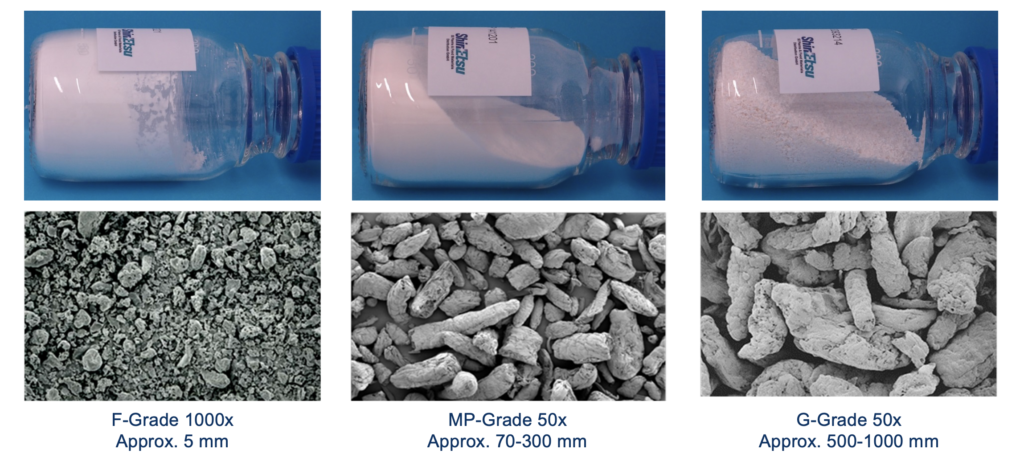At Making Pharma 2024, Shilpa Mistry – our Head of Pharma across UK & Ireland – showcased some powerful ingredients for amorphous solid dispersions (ASDs). Let’s take a look at what Shilpa covered in her presentation.
The Essence of Amorphous Solid Dispersions
Shilpa’s presentation delved into the critical aspects of ASDs, which enhance drug solubility and bioavailability – ideal for drugs with poor water solubility. She highlighted the innovative use of excipients such as HPMCAS (Shin-Etsu AQOAT®), a cellulose derivative noted for its effectiveness in preventing drug recrystallisation during formulation. This is particularly significant in ensuring the stability and efficacy of pharmaceutical products.
Advanced Techniques and Excipient Grades
The talk focused on two primary techniques for creating ASDs: solvent methods and hot melt extrusion, which help achieve desired solubility and stability in pharmaceutical products.
Shilpa introduced various grades of HPMCAS from Shin-Etsu, including fine (F-Grade), mid-particle (MP-Grade), and granular (G-Grade), which offer tailored dissolution profiles to meet specific formulation needs.

Shilpa detailed the unique properties of these grades, such as varying particle sizes and solubility characteristics, which can significantly influence the downstream processing of pharmaceuticals. Each grade is designed to dissolve at different pH levels, allowing formulators to fine-tune the release profiles of active pharmaceutical ingredients.
Practical Applications and Case Studies
One of the highlights of Shilpa’s presentation was a case study on the use of HPMCAS in spray drying processes. This technique involves dissolving both the drug and polymer in a common solvent, followed by spray drying to achieve the amorphous dispersion. Shilpa discussed the optimisation of this process, focusing on achieving the right powder density and particle size to enhance the drug’s bioavailability.
Shilpa also illustrated the impressive results of roller compaction techniques on ASDs. She demonstrated how the AQOAT® HPMCAS grades from Shin-Etsu can improve the bulk density and flow properties of pharmaceutical powders, enhancing the manufacturability and efficacy of final dosage forms.
Critical aspects of ASDs is the stability and the choosing the right excipients to improve the overall stability ADSs in a tablet formulation. Shilpa looks at the tablet formulation and the stability of ASDs. So using the right filler binder is key. In this presentation she talks about low hydroscopic excipients with dual functionality (disintegrate and binder) like L-HPC which is critical in the tablet formulation.
More Information
To find out more about the application studies discussed here, to request samples of AQOAT® HPMCAS and L-HPC grades from Shin-Etsu, and to talk about your specific formulation needs, please do not hesitate to contact Shilpa Mistry at smi@harke.com.




